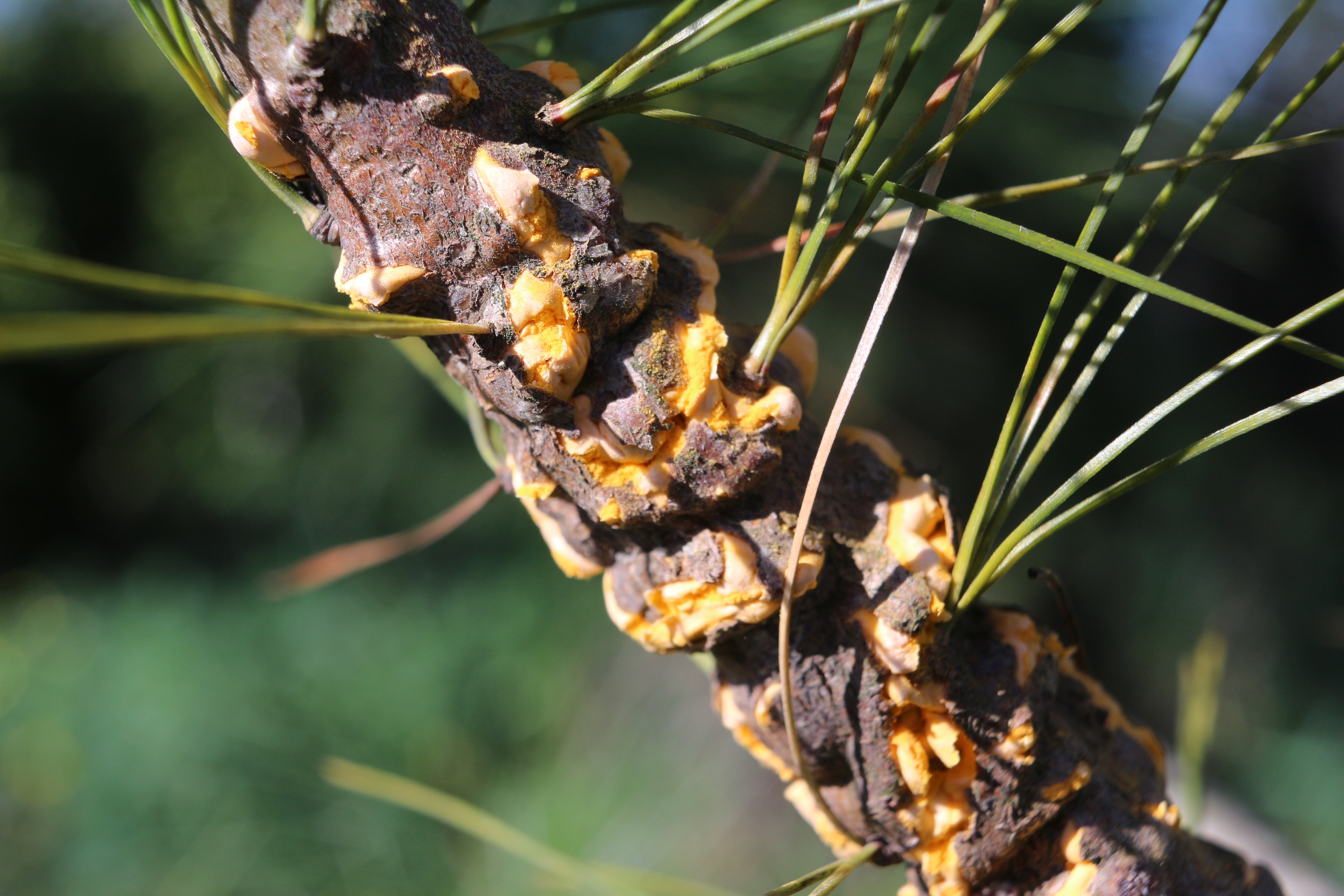An invasive species is any type of living organism – plant, fungus or animal – that is non-native to a particular area and causes harm to the new ecosystem it is introduced into. Invasive species cause damage to the environment, human health or the economy. This page tells you all about some of the invasive species which pose a threat to Crandall Park.
Asian Longhorned Beetle
The Asian longhorned beetle is an invasive insect that is native to China and Korea. It lives in hardwood trees and often kills the trees it targets, so federal and local governments in the U.S. have been monitoring the species and using eradication efforts in effect to stop its spread. It hasn't reached the Crandall Park area yet, but it has been found in other parts of North America, and it poses a serious threat to local trees such as maples. Read more →
Beech Bark Disease
Beech bark disease poses an enormous threat to the American Beech, and is widespread in the eastern United States and Canada. It is caused by two invasive species: the beech scale insect, as well as a fungus, most commonly the Nectria coccinea species. Beech scale was first introduced into Nova Scotia in 1890. It later spread throughout much of the United States and Canada, causing beech bark disease to develop in much of these regions. The disease occurs when the bark of a tree is initially attacked by the beech scale insect, and is then ultimately destroyed by the fungus. Read more →
Burning Bush
Burning bush, a shrub commonly planted for decorative purposes, is a destructive plant that is currently damaging our local forests. It can completely overtake a natural area, replacing large amounts of native vegetation and reducing biodiversity. However through manual removal and planting of alternative species, preventing further spread of burning bush into Crandall Park is possible. Read more →
Oriental Bittersweet
Oriental bittersweet is an invasive vine that is taking over many of the forests throughout the Northeastern United States. Its fruits are both a source of food for small animals and a commonly used decoration in our homes and gardens. However, Oriental bittersweet is destructive due to its rapid growth and its ability to overtake native vegetation. Luckily, there are things that you can do to combat the spread of Oriental bittersweet. Read more →
White Pine Blister Rust
Blister rust is a non-native fungal disease that is lethal to white pines. The disease originated in Asia and has been rampant among pine trees in North America since the 1950’s. The fungus normally infects the lower part of the tree and is the only type of rust fungus that directly attacks the main bark of pine trees. Read more →
Image Credits
Top to bottom:
"Two Asian longhorned beetle adults on a maple tree" by U.S. Department of Agriculture is licensed under CC BY 2.0
"beech bark disease (Nectria coccinea)" by Andrej Kunca, National Forest Centre - Slovakia, Bugwood.org, licensed under CC BY-NC 3.0 License
“Euonymus alatus” by Chris Barton is licensed under CC BY-SA 3.0
“Oriental bittersweet” by Landman23 is licensed under CC BY-SA 3.0
"White Pine Blister Rust" by Marek Argent is licensed under CC BY-SA 3.0




